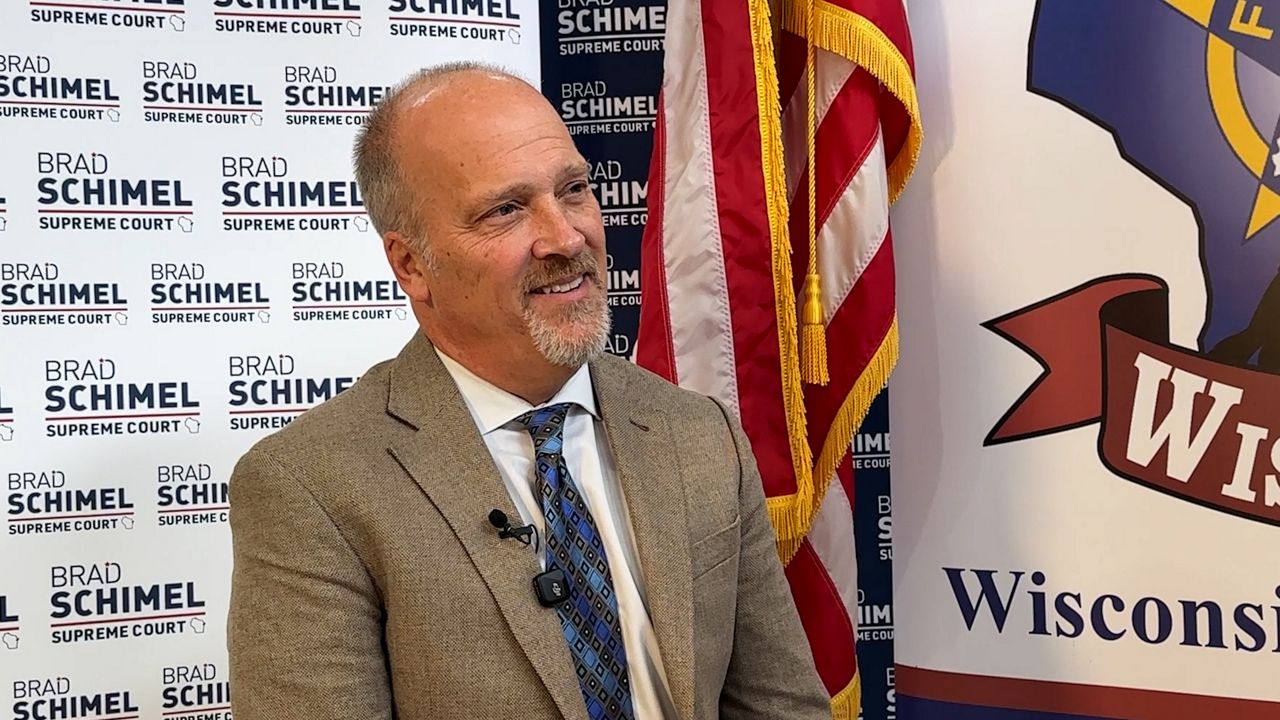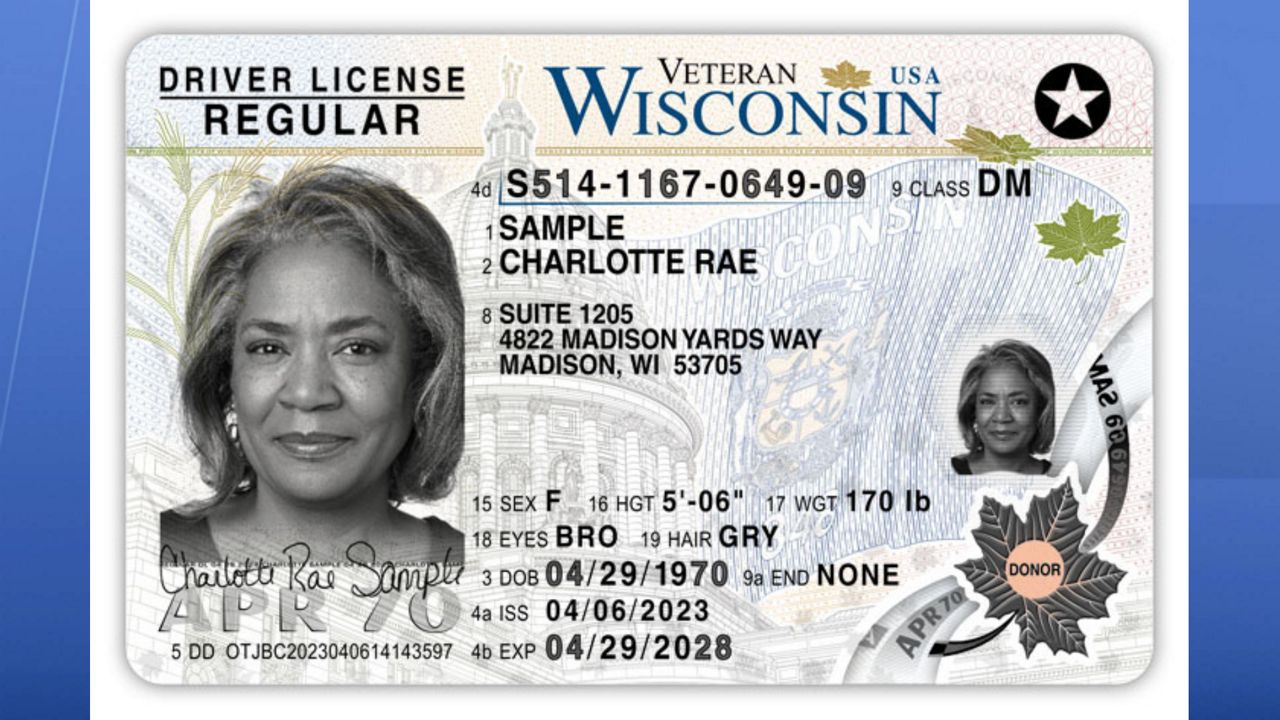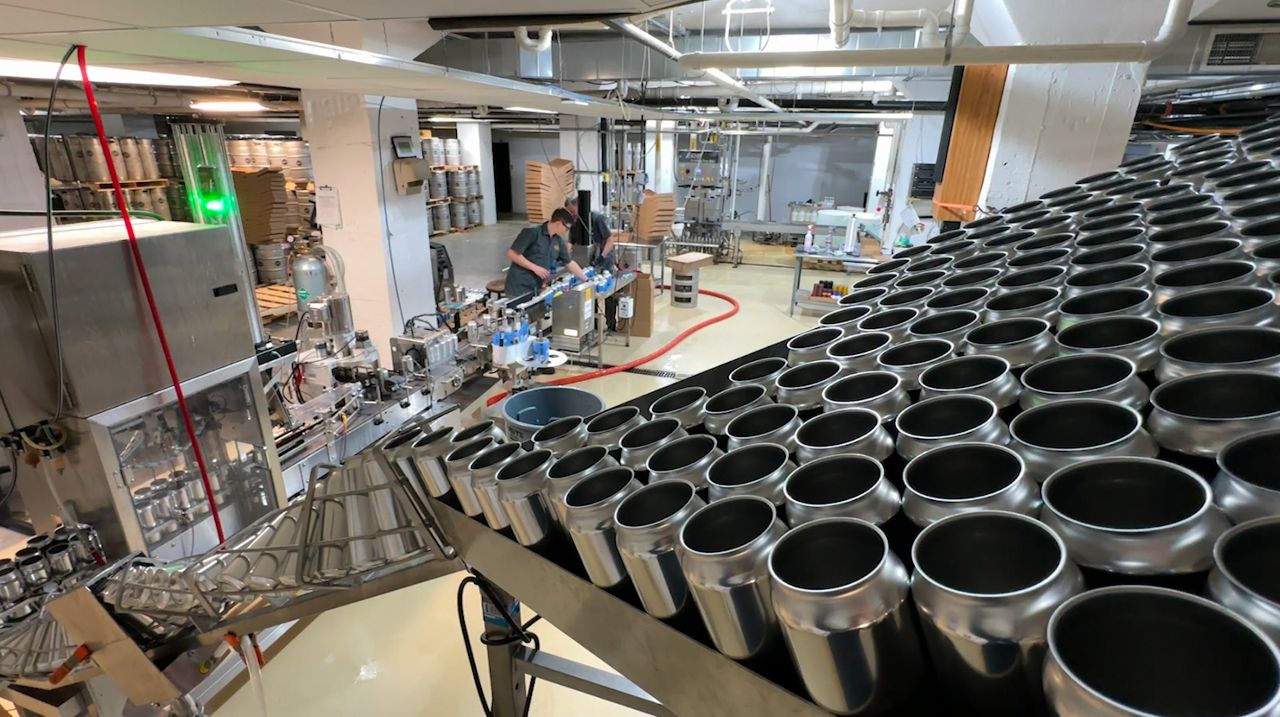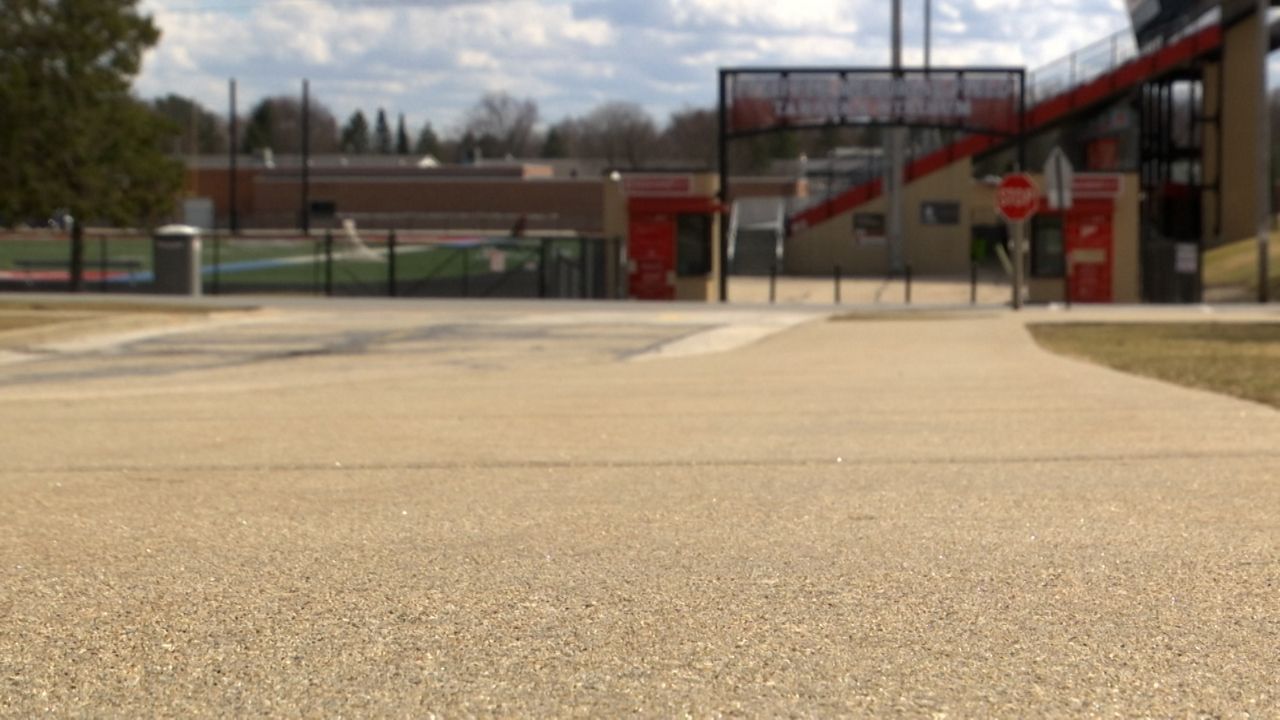MILWAUKEE — Health officials said lead is still commonly found in older homes around Milwaukee. Lead paint was banned in the U.S. in 1978, according to the U.S. Environmental Protection Agency.
So many of the city's homes are contaminated with lead that the Milwaukee Health Department is calling it a crisis.
Tyler Weber, the deputy commissioner of environmental health at the Milwaukee Health Department, said there are 200,000 homes in the City of Milwaukee contaminated with lead.
He said the older the home, the higher the levels of lead. That poses an array of health risks, especially for children.
“It can prevent a child from learning to read earlier in life,” Weber said. “It can decrease their vocabulary. There’s impulse control [and] potentially ADHD. So there’s a number of behavioral challenges and that can have a lifelong impact.”
Weber said lead can be found in walls, windows, water and soil. He said because it’s so prevalent in Milwaukee homes, $20 million in federal funds have been put toward reducing the lead hazard in low-income communities.
“They’ve been significantly red-lined, segregated economically and they have older homes with more windows, bigger square-footage and 80% of the families we work with are renters,” Weber said.
In Milwaukee, a resident may qualify for the Wisconsin Lead-Safe Homes Program (LSHP) if they meet the following criteria:
- “Your home was built before 1978
- “Your taxes are paid to date or you are enrolled in a tax payment plan
- “Children under age 19 or a pregnant woman living at or regularly visiting your home are on, or are eligible for, Medicaid or BadgerCare Plus. (“Regularly visiting” means visiting for at least three hours per day on two or more days per week, totaling at least 60 hours per year)”
The Morris sisters are just two of the many individuals impacted by lead exposure in the city. Their home was built in the early 1900s and riddled with lead.
A Habitat for Humanity flyer left in their mailbox that advertised free lead abatement services caught their interest.
“I told my sister, I said ‘Hey, I think this would be a good thing to look into,’ because it’s an older house. We have peeling paint and she had her two grandchildren living here with us,” Shawn Morris said.
They met the qualifications, as the grandkids living in the home had high levels of lead in their blood. Habitat for Humanity quickly got to work. The abatement took about three weeks to complete and was done free of charge.
“It’s a wonderful program,” Morris said. “They totally transformed our house. They gave us a new house. There’s no way we would have been able to afford it.”
The project saved the Morris family thousands of dollars and brought the grandkids’ lead blood levels back to normal. Weber is hoping to do just that for other families affected by lead exposure.
“Helping to get this crisis under control and bring awareness to the lead poisoning and the effects in can cause,” Weber said.
For more information on how to qualify and apply for free lead remediation in Milwaukee, click here.












